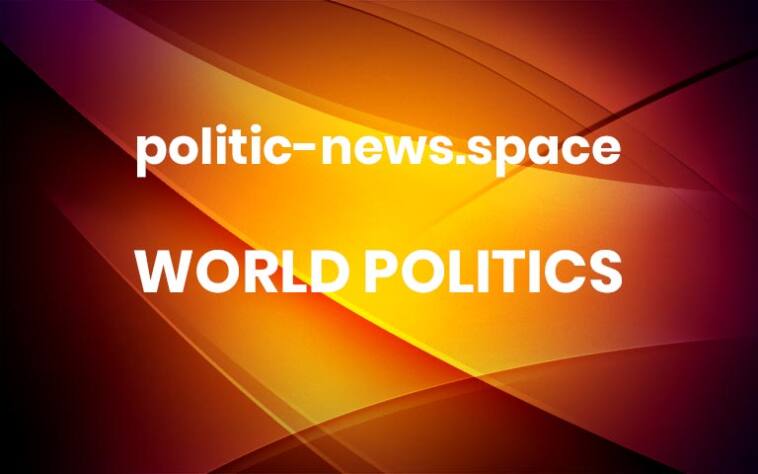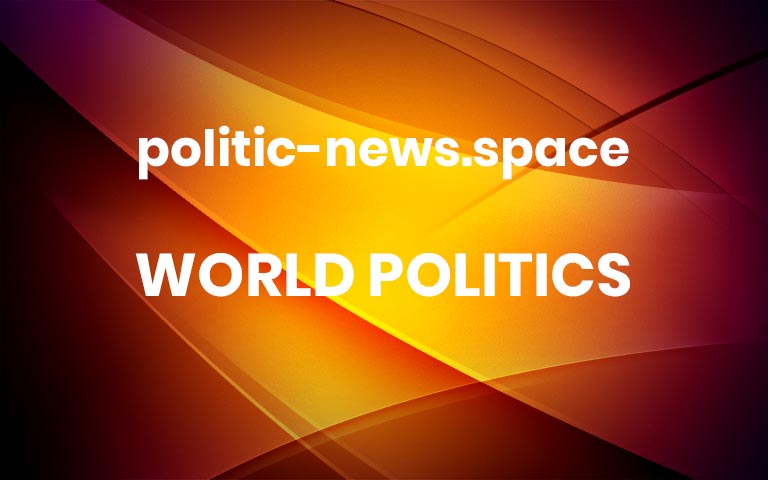Refuge and Realpolitik: India’s Asylum Dilemmas in a Broken System
When India passed the Citizenship Amendment Act (CAA) in 2019, there were reasons to be skeptical about its implications. The law’s exclusion of Muslim refugees seemed difficult to reconcile with Articles 14 and 21 of the Indian Constitution, which guarantee equality before the law and protection of life and liberty to all persons. Coupled with… Continue reading Refuge and Realpolitik: India’s Asylum Dilemmas in a Broken System
The post Refuge and Realpolitik: India’s Asylum Dilemmas in a Broken System appeared first on Fair Observer. More



